Touring from Kyotango to Northern Hyogo in a Porsche 911 (Air-Cooled 964)
公開日:2020.08.24
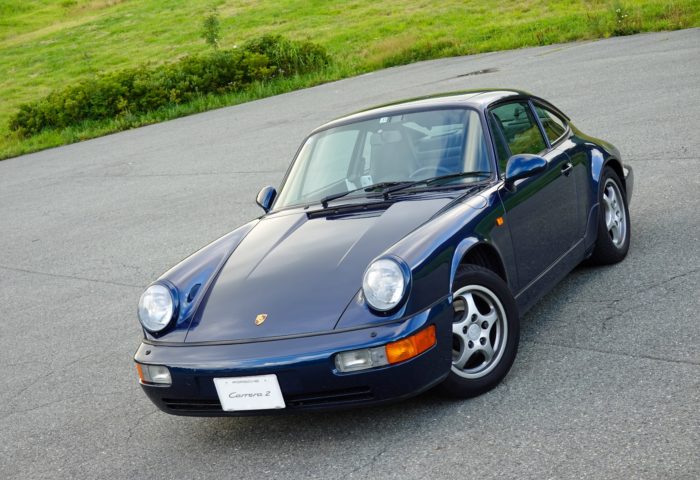
This time, my husband wrote an article about his touring experience in the 964. Please have a look if you’re interested.
Touring in a Porsche 911
Last time, I reported on how we refreshed the entire suspension of our Porsche 911 Carrera 2 (air-cooled 964 model) here, and right away, we wanted to experience the reborn ride quality on a long-distance tour. So, we set out on a roughly 480 km day trip tour.
Initially, we considered heading toward Wakayama or the Okayama–Tottori area, but since it was a day trip, we chose our home ground: Kyotango to Hyogo.
This area has relatively more enjoyable roads compared to other parts of Kansai, and especially around the Chugoku Mountains in northern Hyogo, I personally think of it as a “mini Nagano.” It has the feel of Nagano shrunk down in scale, and it’s a treasure trove of lesser-known scenic roads.
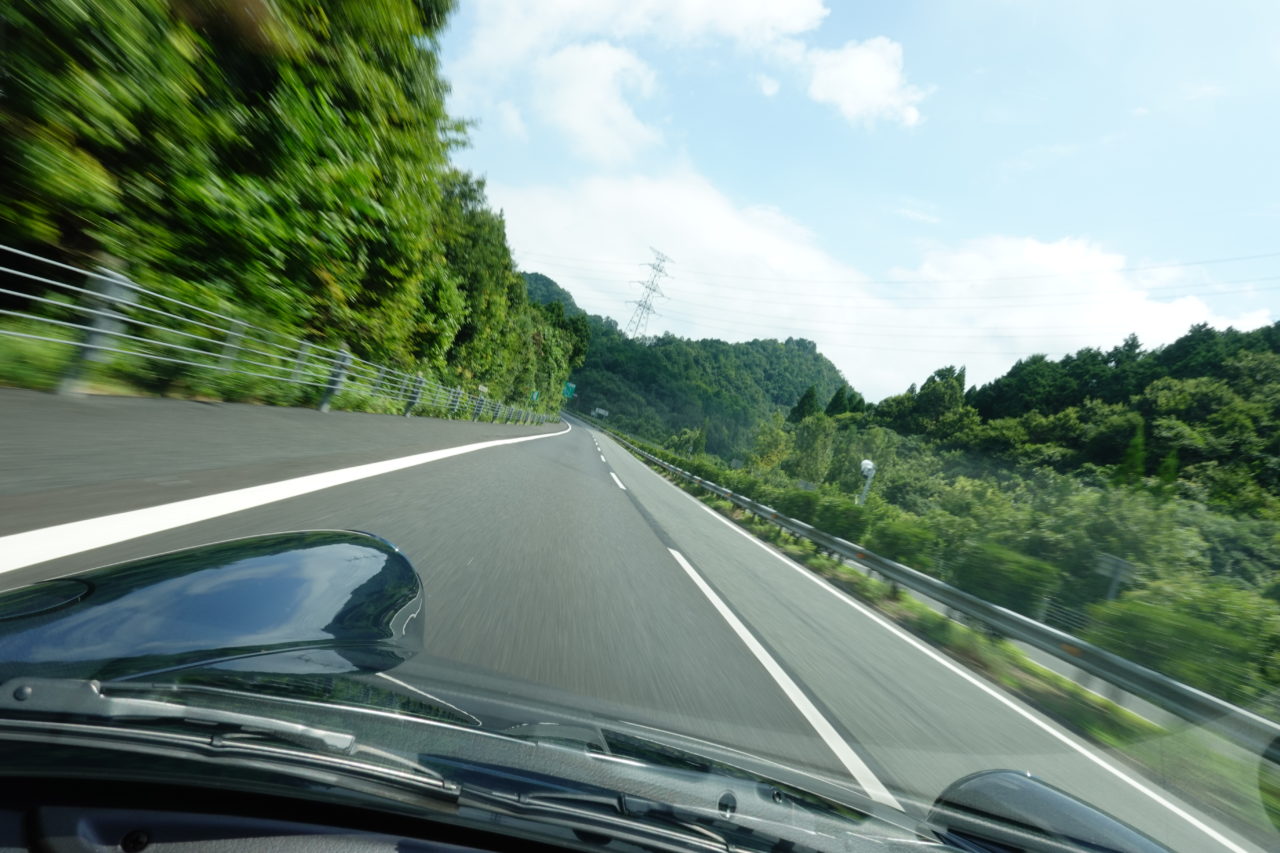
First, we headed north on the Maizuru-Wakasa Expressway toward the Tango Peninsula. It was the first time driving the refreshed 964 seriously on the highway, and the effect of the suspension replacement was significant. The straight-line stability was clearly improved, making driving more reassuring.
While it was never unstable before, at higher speeds, there had been a slight feeling of lightness at the front, but that has improved considerably, and the front tires now have a much stronger grip.
Even when entering tight highway corners at a bit higher speed, the car remains very stable, and you can clearly feel the load properly shifting to the outer front tire, allowing for a stable turn. This is a very fresh sensation.
We then took the Kyoto-Jukan Expressway toward Amanohashidate. Since it’s a famous tourist spot, we hoped to avoid traffic jams, but surprisingly, the traffic flowed smoothly. It seems the number of tourists is down this year due to COVID-19.
After exiting the highway, we headed north on Route 178 toward Kyogamisaki Cape. The coastal road leading to Kyogamisaki offers beautiful scenery, perfect for touring. The 964 felt even lighter on the nose than before, dancing through the winding roads with ease.
We took a break at the Kyogamisaki Lighthouse parking lot, then set course for Kinosaki.
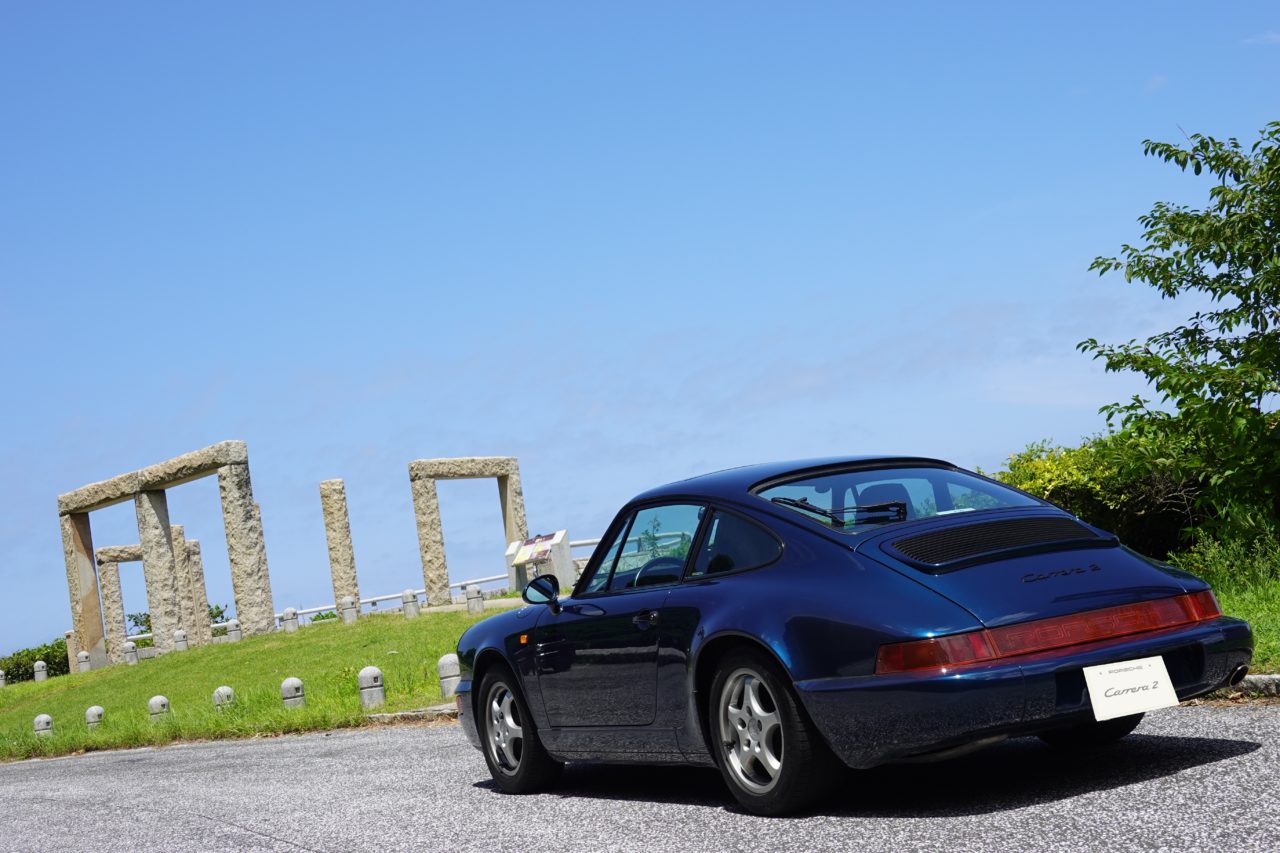
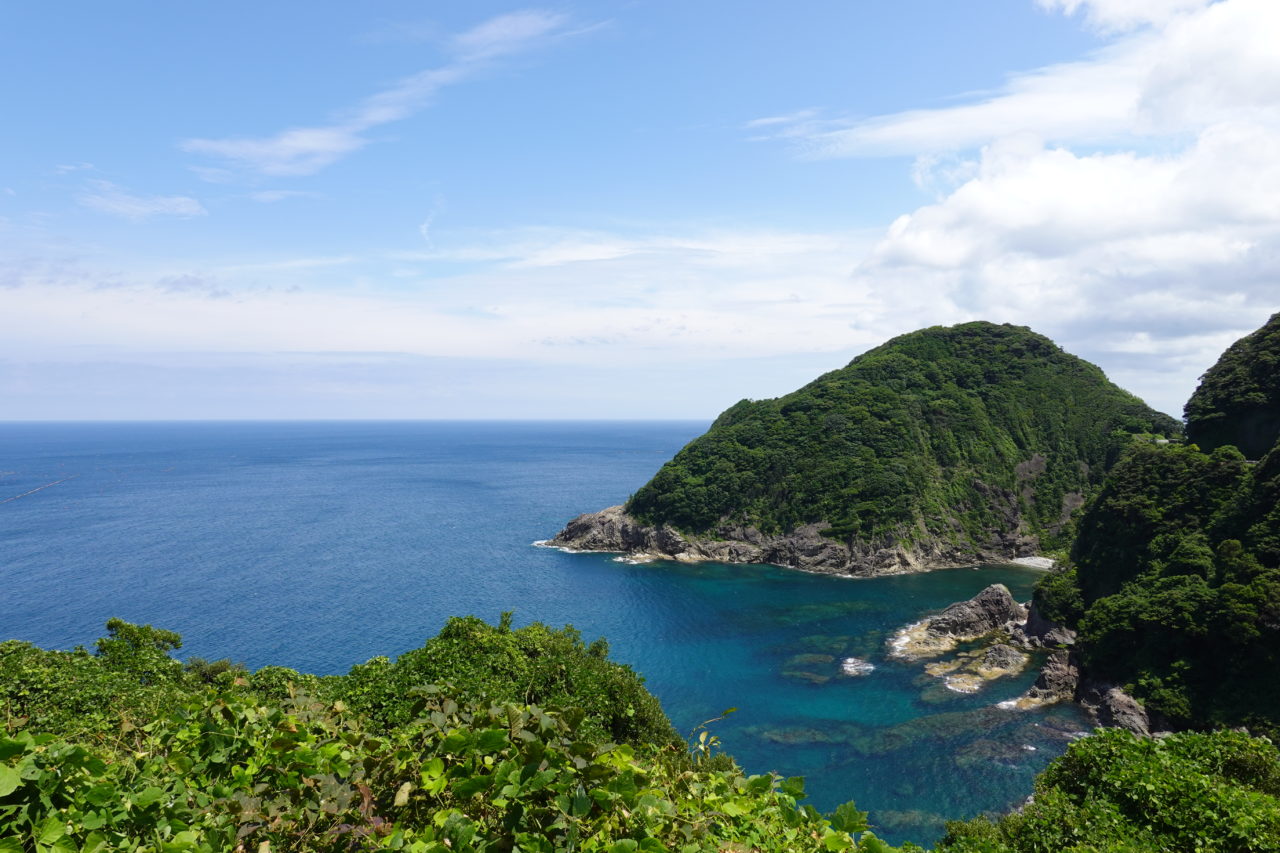
We cruised along the bay road with Kumihama Bay on our left. Although we’ve visited many times before, for some reason, I always stop here because I love the view of Kumihama Bay.

Leaving the bay behind, we took Prefectural Route 11, the Tajima Isaribi Line. After passing Kinosaki Marine World, the mountain winding roads begin. The vast Sea of Japan spreads out below, and the scenic winding roads continue. With ups and downs and tight corners, the variety makes it very enjoyable.
The roads are quite similar to those along the Sea of Japan in Fukui and Toyama, and normally, this would be the perfect place to drive a Boxster.
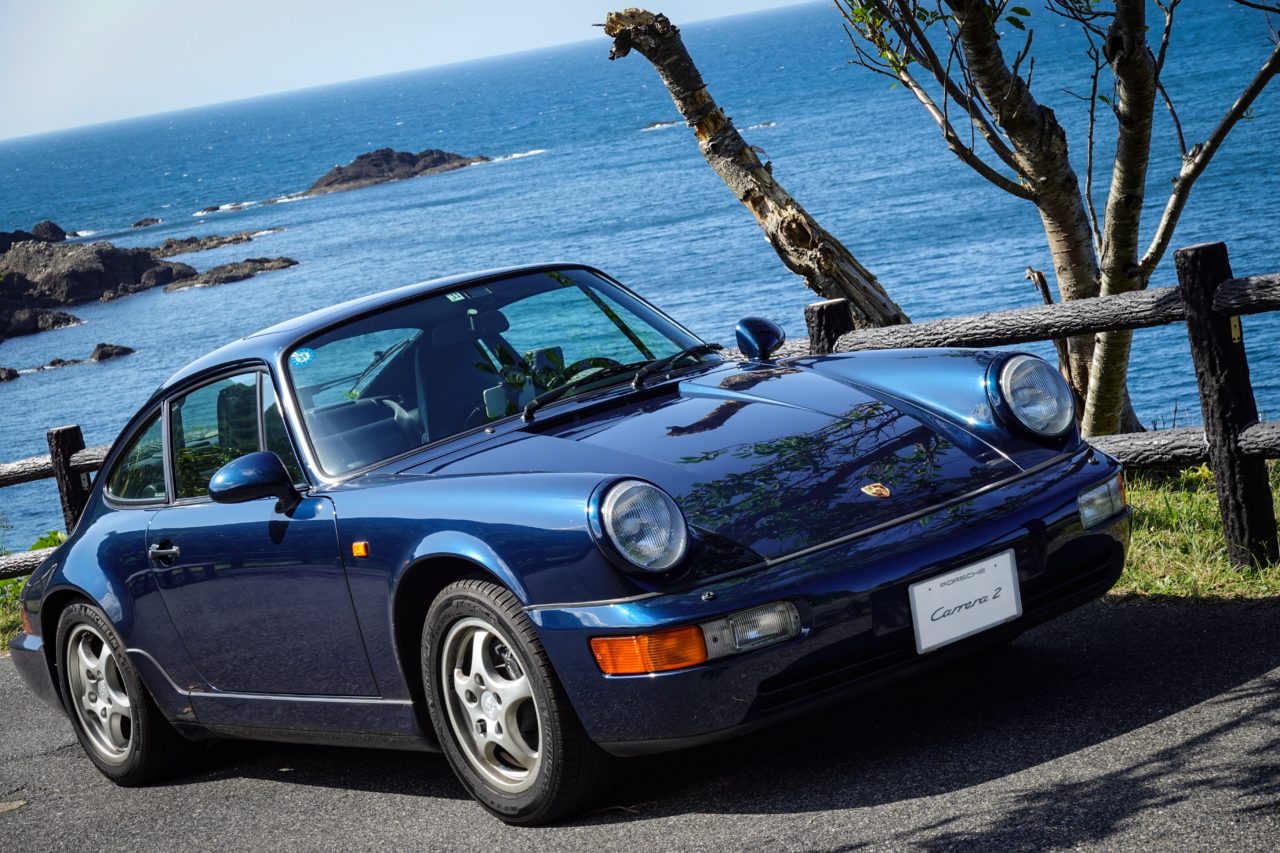
Midsummer Air-Cooled Porsche Touring
However, that day was hot. The outside temperature gauge inside the car occasionally showed 38°C, and stepping outside felt like being baked. It was a harsh environment for an air-cooled Porsche, but the 964’s oil temperature remained stable, even at stoplights and in traffic jams with the air conditioning blasting—the oil temperature gauge stayed almost in the middle. I believe this is thanks to the oil cooler’s cooling fan on the 964, and as long as the fan isn’t malfunctioning, there’s no need to be overly worried.
Regarding the air conditioning, it probably varies by individual car and refrigerant charge, but in my 964, I think it can just about handle outside temperatures up to 35°C (of course, it’s nowhere near as effective as modern cars).
Above about 35°C, you need to blow the air directly on your body and set the fan to level 3 or 4 out of 4 to stay comfortable. The cooling capacity clearly starts to lose against the heat buildup inside the car from direct sunlight.
On the other hand, without direct sunlight, it’s reasonably cool inside. Probably because the 964’s original windows are just plain glass, not heat-insulating glass, it’s very vulnerable to direct sunlight. So I’m considering applying a transparent heat-insulating film before next summer.
After that, we headed to Kasumi and started touring Hyogo’s famous roads. First up was Prefectural Route 4. This is truly a scenic road—wide, with little traffic, and gentle curves mostly made up of long straights. If there were a “Top 100 Scenic Roads of Hyogo” (which there isn’t), this would definitely rank near the top.
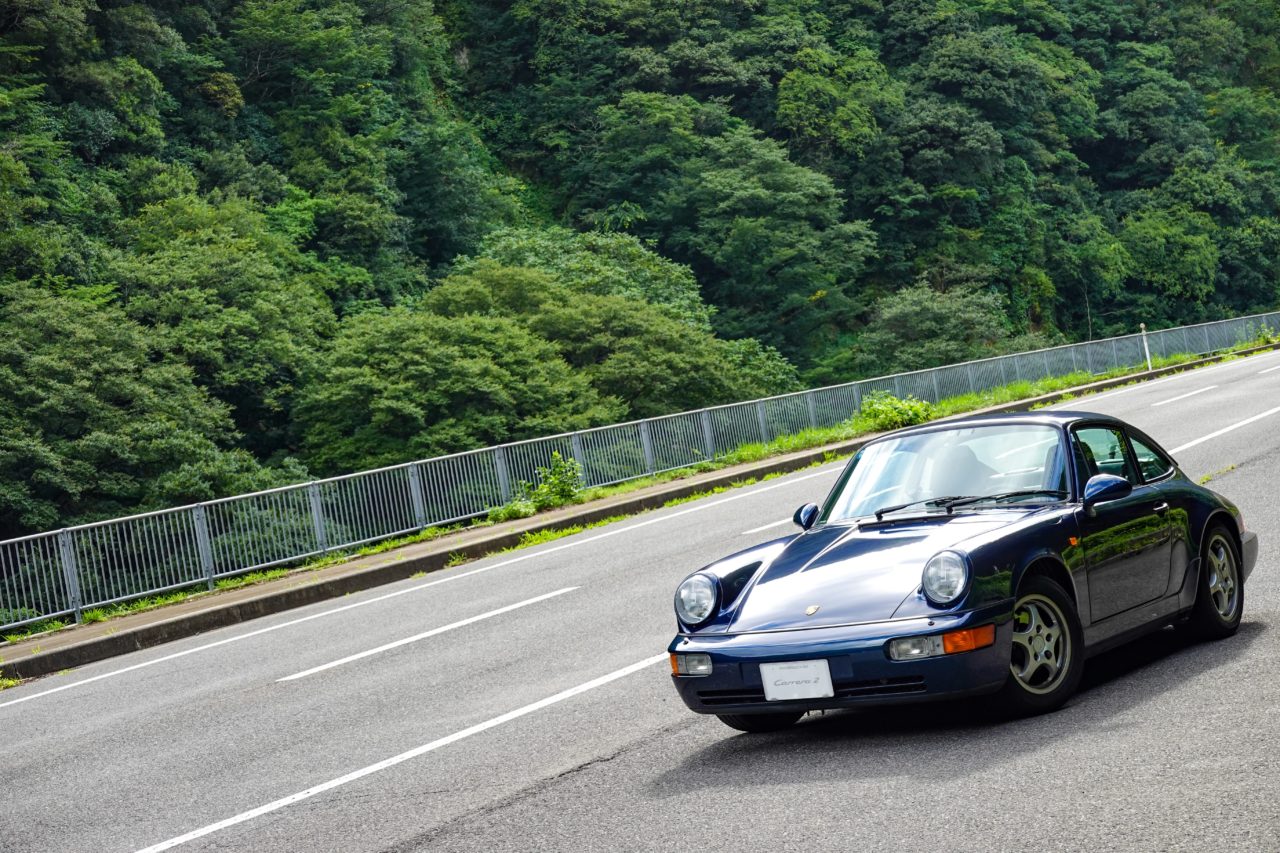
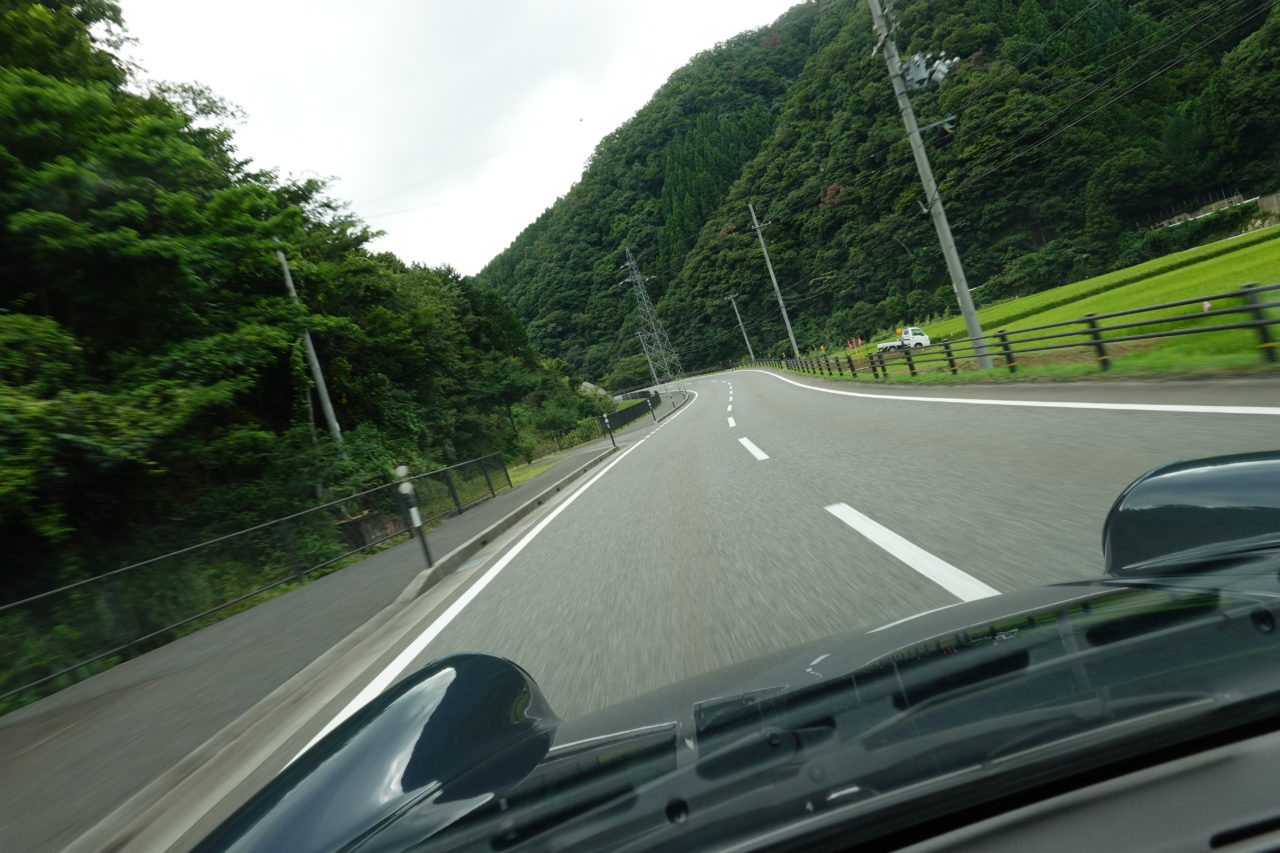
On Prefectural Route 4, the 964’s air conditioning was off, windows fully open, and the sunroof wide open. The Tiptronic was fixed in third gear, and we enjoyed cruising. Feeling the occasional cool mountain air on our skin while soaking in the rhythm and sound of the air-cooled flat-six was pure bliss.
Driving felt incredibly joyful.
From Prefectural Route 4, we took Route 9 and headed toward Hachi Kita Highlands. We then moved on to Prefectural Route 89, where we had previously visited in a GT3. This is also the course for the Chronos Caratein Hachi Kita hill climb rally, which closes public roads for the event.
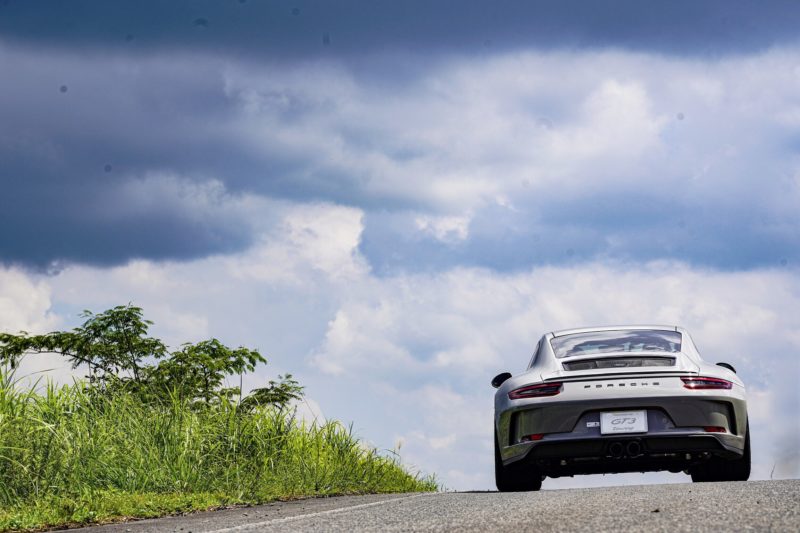
Chronos Caratein Hachi Kita during a GT3 visit
Traffic is minimal, and the winding road, almost always empty, is very enjoyable to drive. Although the road surface is a bit rough in the first half, the hill climb in second gear is exhilarating, and I ended up doing two laps.
Afterward, we stopped by Hachi Kita Ski Resort for some cool air, then returned briefly to Route 9. Next, we aimed for Hachi Kogen Ski Resort. Prefectural Route 87 is also a great driving road. Traffic is minimal, and many sections are wide enough to enjoy a comfortable pace. At Hachi Kogen, you can drive right up to the ski slopes, so we took some photos.
The highlands were refreshingly cool, and many young people, probably university club members on a training camp, were out running.
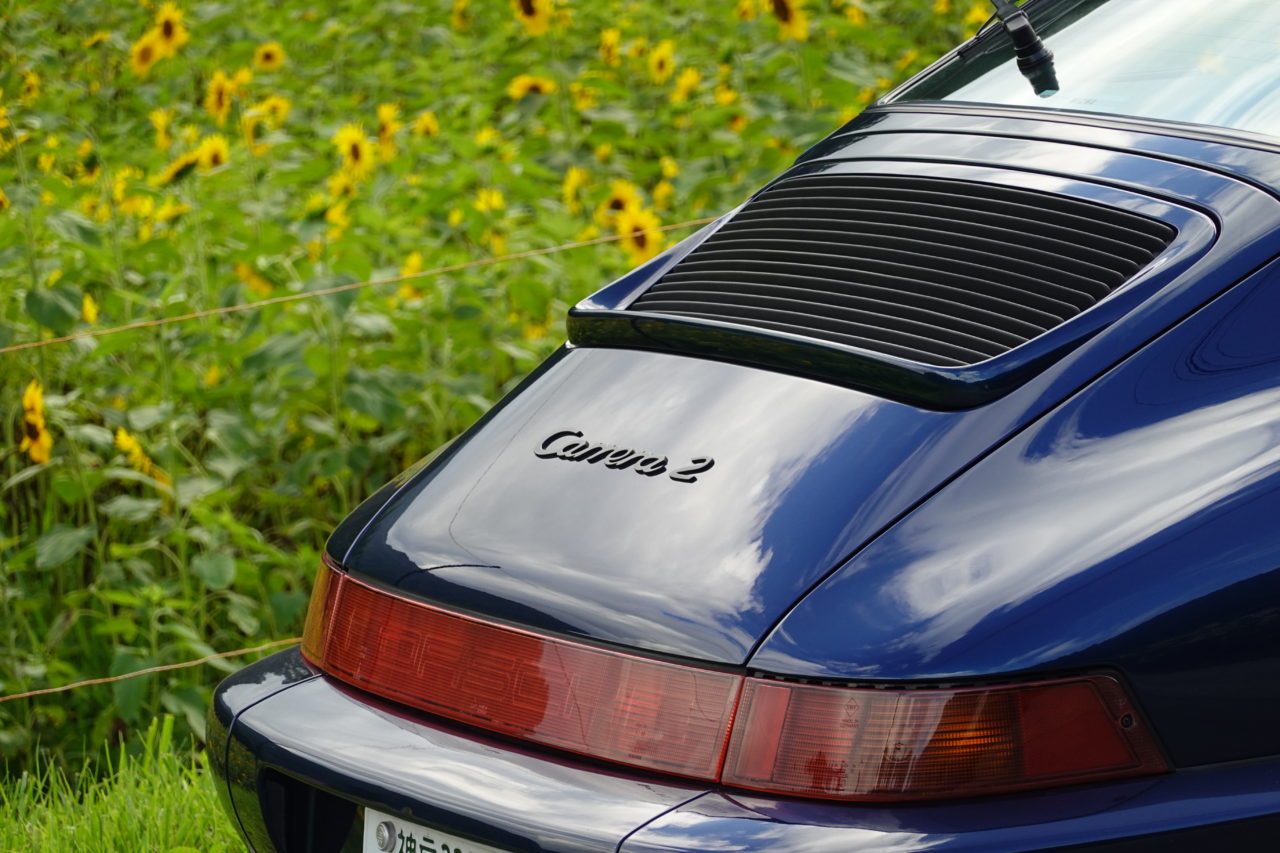
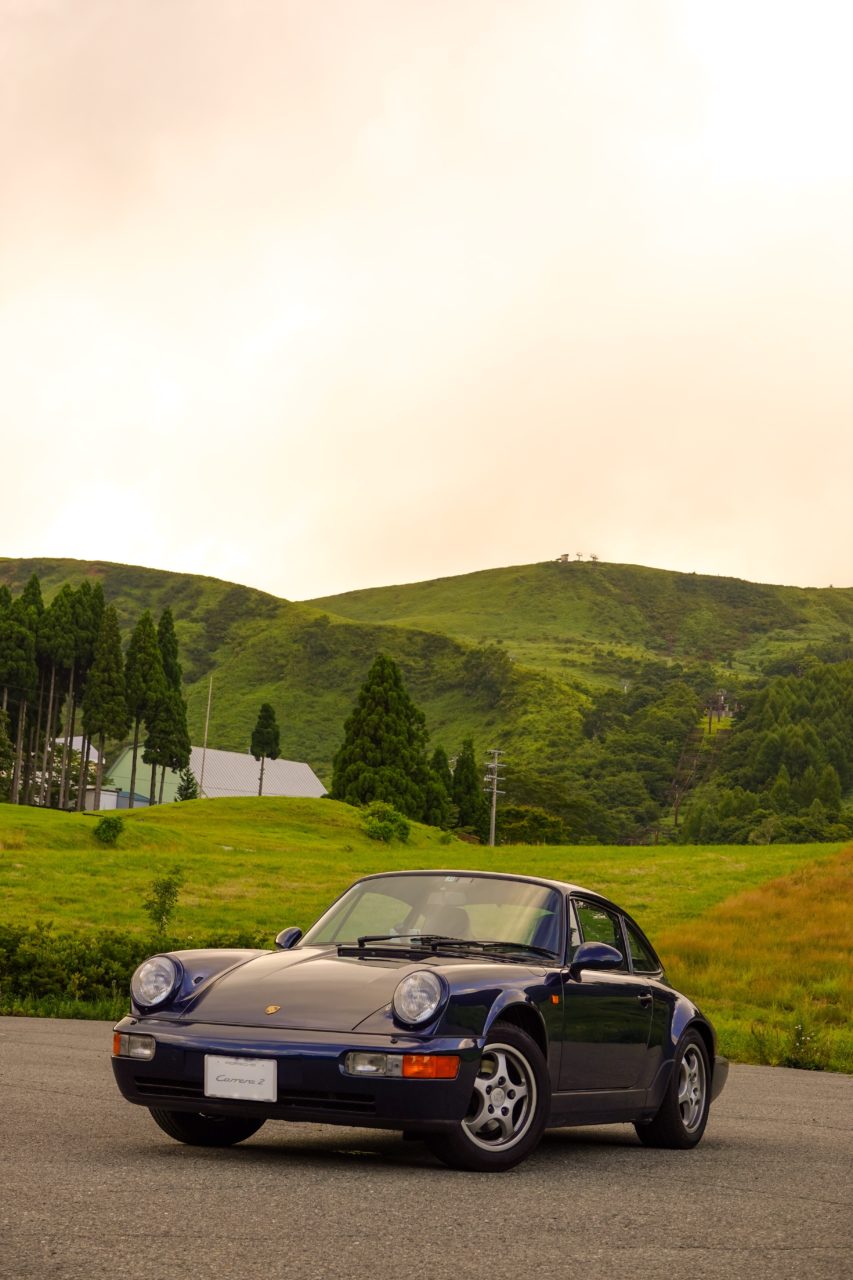
We returned to Route 9 and headed for Prefectural Route 6. Prefectural Route 6 is another favorite road, but some parts are narrow and rough, so caution is needed. However, traffic is light, and you rarely encounter oncoming cars, so unless you’re driving a supercar, it shouldn’t be a problem.
Along the way, we passed the famous Akenobe Mine and crossed the Futono Pass, where the road is a bit dark and has an atmospheric old-road feel that I like.
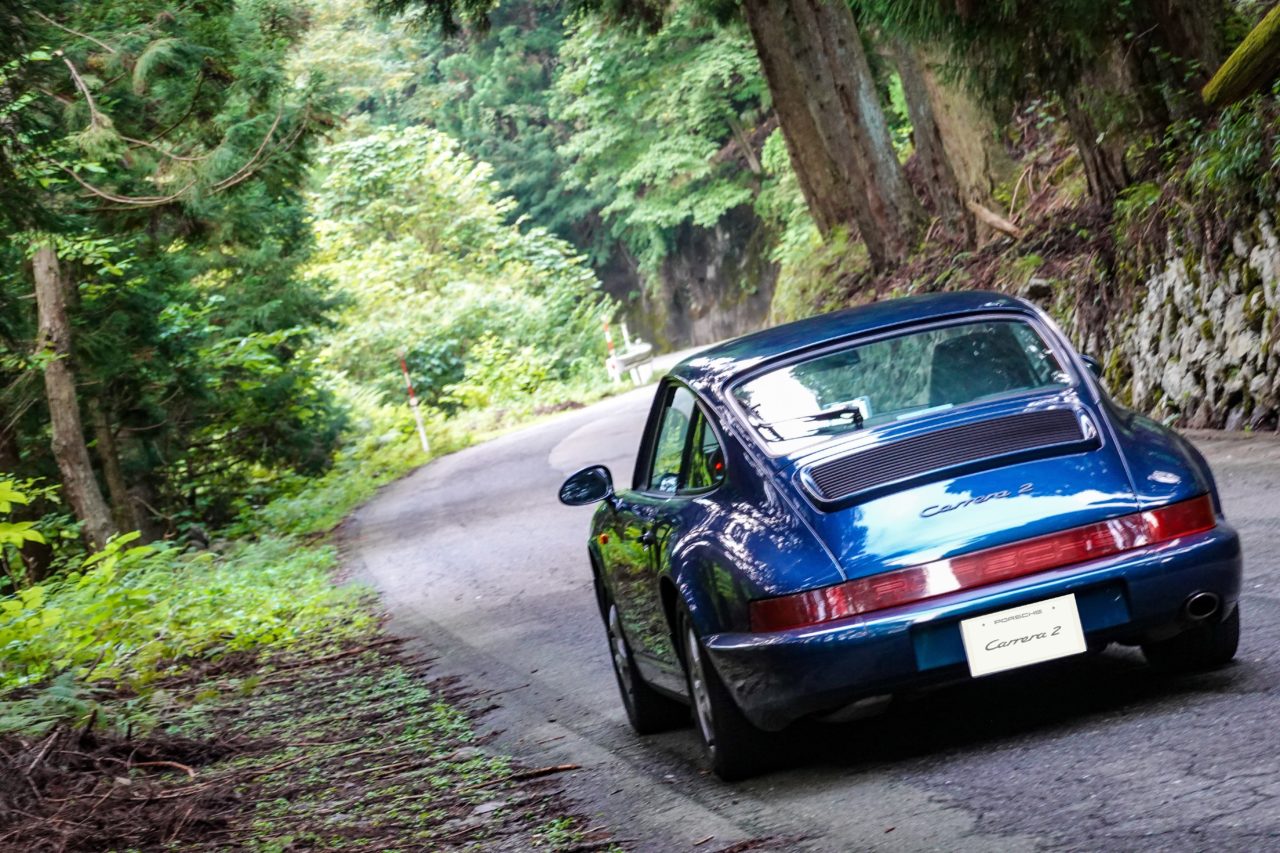
We passed through Ichinomiya Town and continued onto Prefectural Route 8. I’ve been driving this road for over 20 years, and the road conditions have improved year by year. Still, the Ichinomiya side (west side) has narrow and rough sections, so caution is necessary. But once you get past that, there’s a challenging mountain pass that’s quite fun.
Then, after crossing the pass and descending into Kamikawa Town, the road is superb. This is truly a fast, enjoyable road and would rank high in any “Top 100 Scenic Roads of Hyogo.”
The riverside road lets you drive boldly and comfortably, with light traffic. The combination of the 964’s Tiptronic fixed in third gear, AM radio playing, and windows wide open is just perfect here.
You don’t have to cross the mountain pass, so this is one road I highly recommend everyone try at least once.
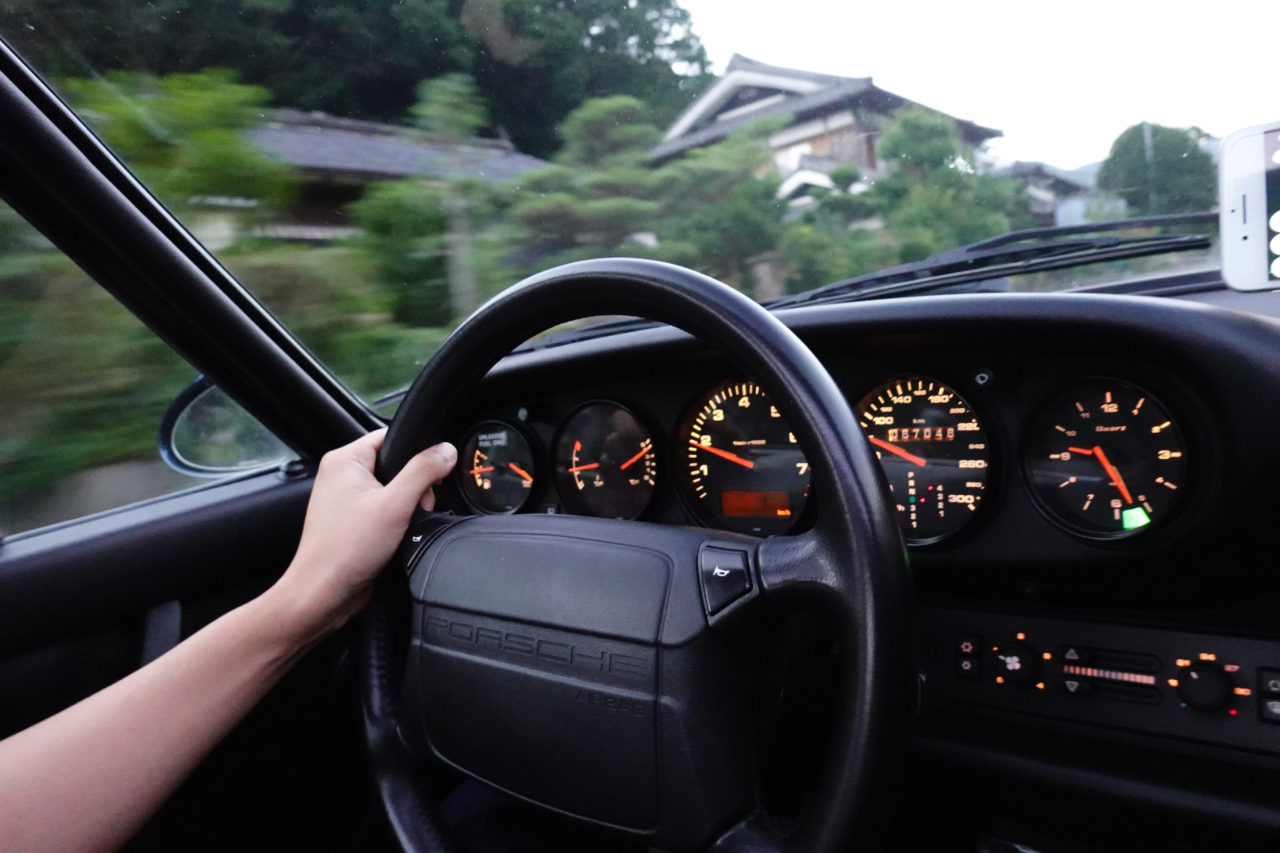
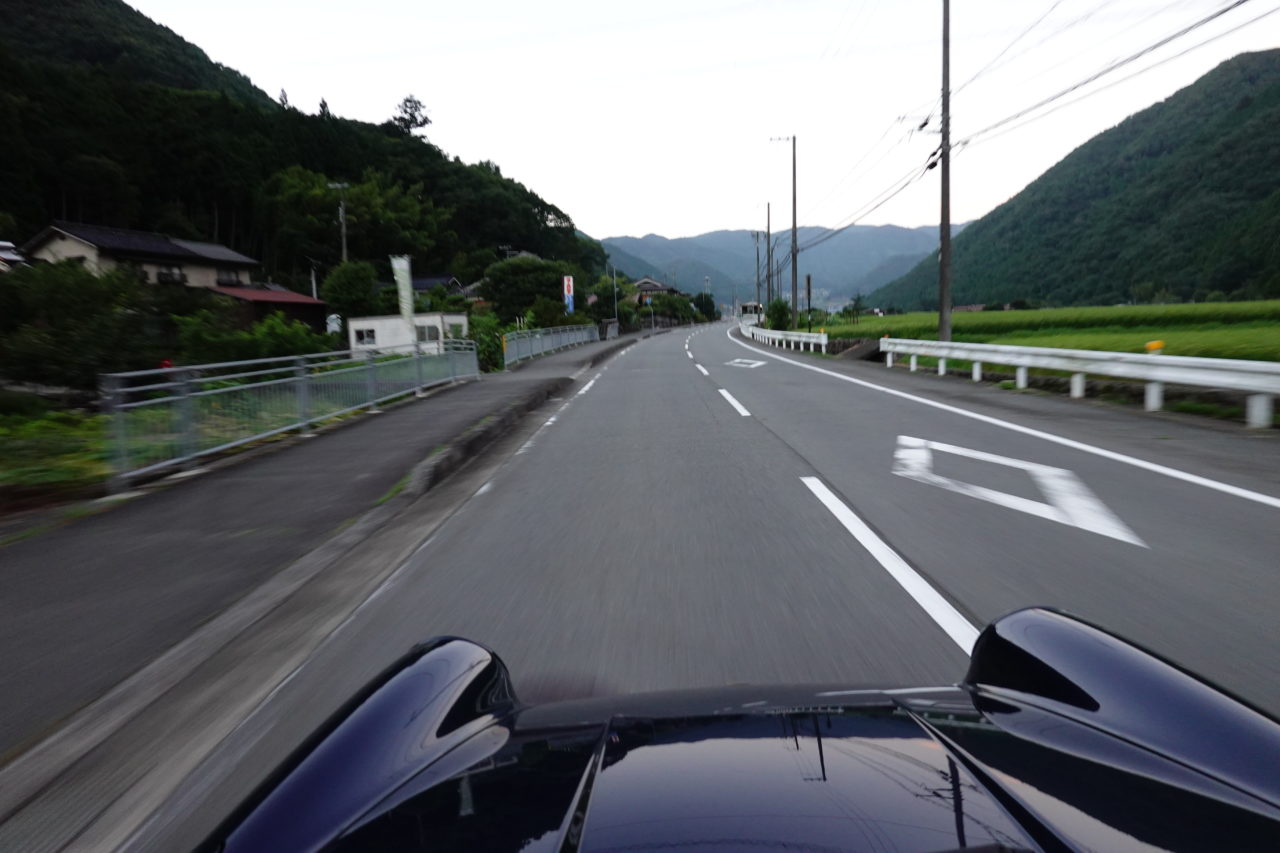
And so, after all that, we headed home, having driven for an incredible 11 hours straight. The total distance was 482 km, with fuel efficiency measured by the fill-up method at 8.96 km/L, and the onboard computer showing 10.2 L/100 km (about 9.8 km/L), so there’s about a 10% discrepancy.
But even after all that driving, the air-cooled Porsche remains fun. While touring in a water-cooled Porsche is great, one of the air-cooled Porsche’s charms is that it’s enjoyable even without high speeds. You steer the heavier steering wheel, press the gas pedal, and immerse yourself in the raw sound of the flat-six. The feeling of “traveling” or “journeying” is much stronger than just “touring” or “driving,” which is something unique to this car.
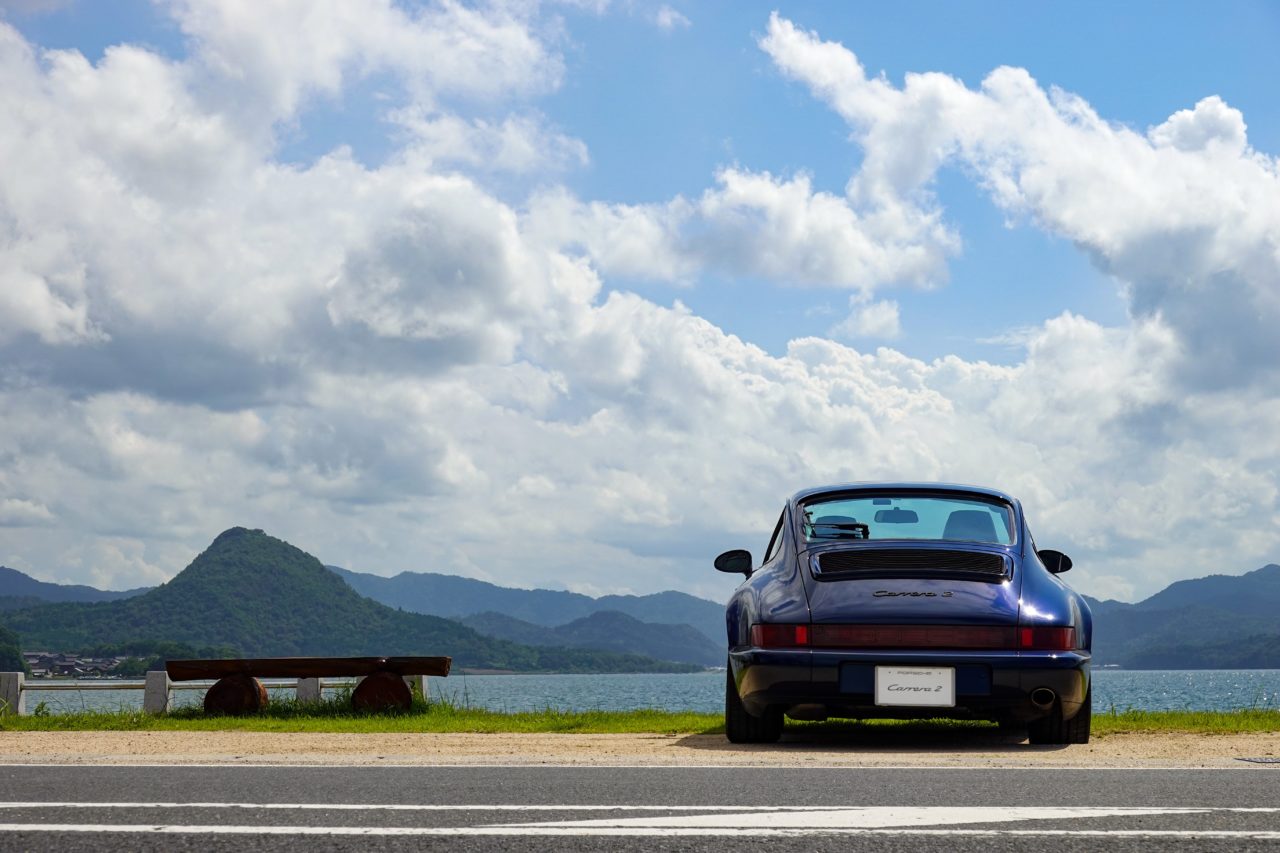
This was our route:
このブログが気に入ったらフォローしてね!


Comment ( 0 )
Trackbacks are closed.
No comments yet.